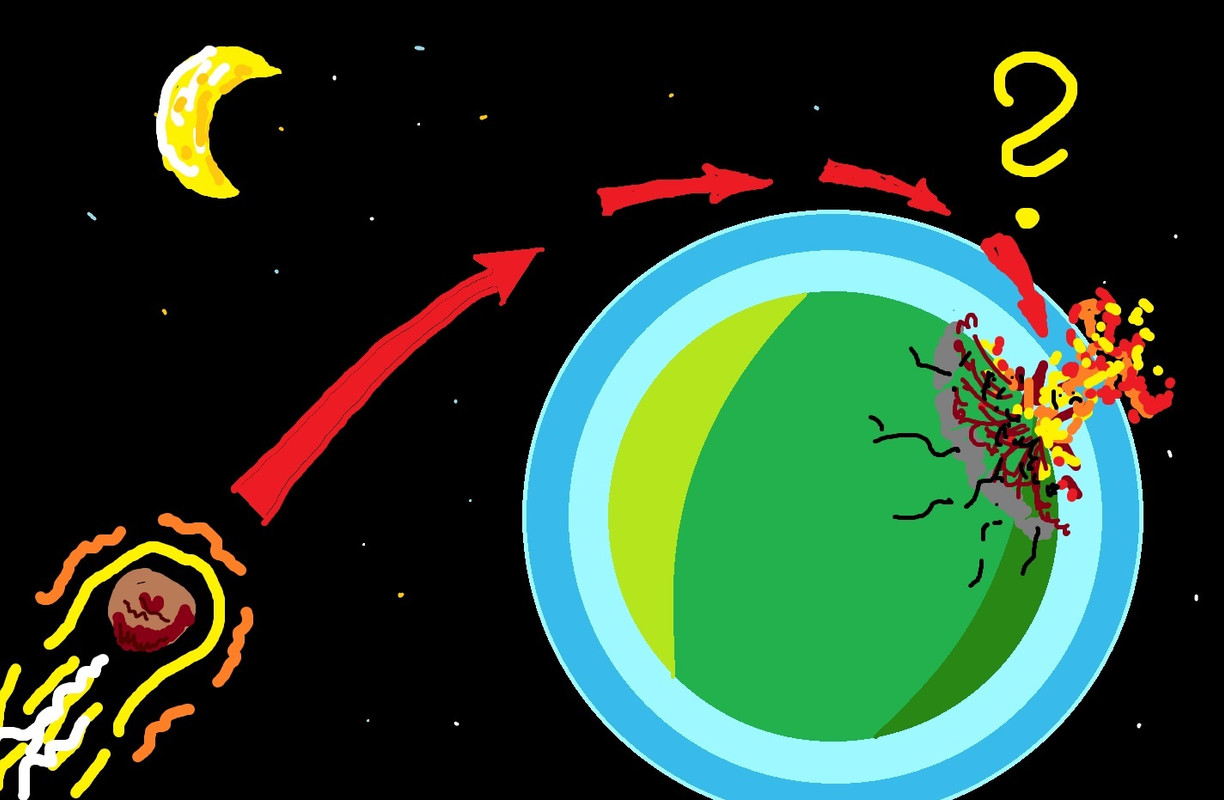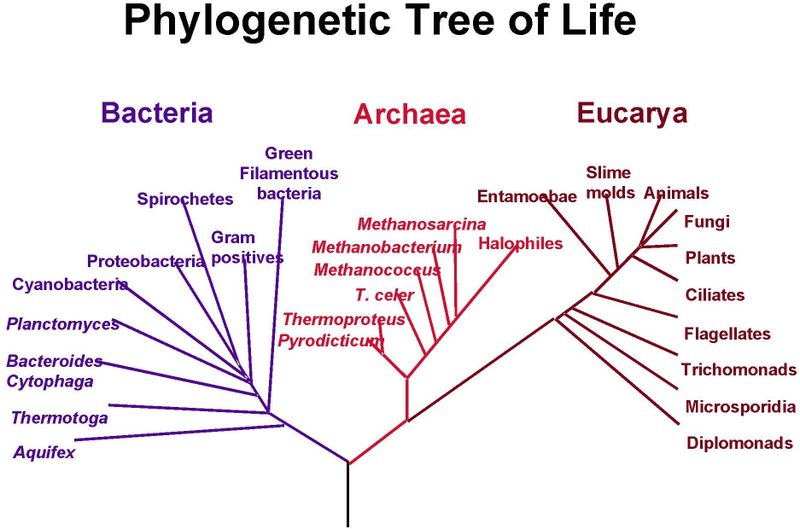1
Physics, Astronomy & Cosmology / Re: What is the exact cause of the time dilation of the twin?
« on: 02/10/2024 16:50:54 »Oh dear, here we go, again. Word salad.Indeed. The prior posts have been removed for several reasons.
1) Nonsense in the main sections of the forum
2) Contained personal information
3) Had nothing to do with the topic title, hence is a hijack of a topic
4) Contained a bibliography which was nowhere referenced
5) Contained no content from any of said bibliography
6) Word salad as Paul points out
7) Duplicate posts
At least the first three of those violate forum rules.
The following users thanked this post: paul cotter

